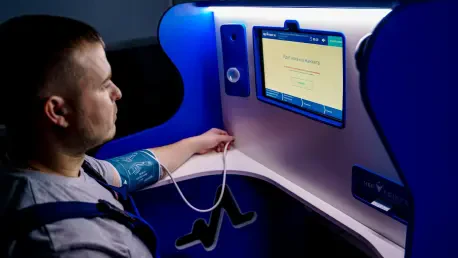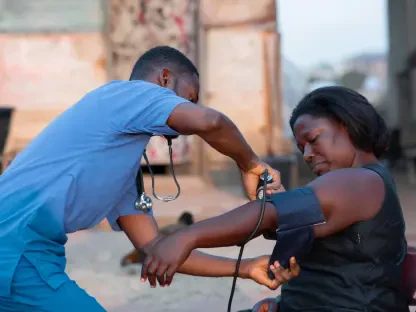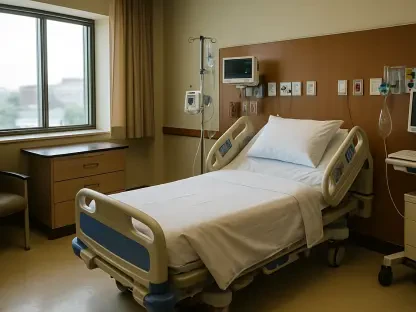Amidst scenic landscapes and vast expanses, New Mexico’s rural communities face profound difficulties in accessing healthcare services due to geographical isolation. Deirdre Caparoso’s innovative project—transforming public libraries into hubs for telehealth consultations—is reshaping how healthcare reaches these isolated populations. By establishing telehealth booths within libraries, the initiative bypasses the logistical hurdles tied to distance and infrastructure limitations. Caparoso underscores healthcare’s parallel to essentials like food and water, arguing access must be universally attainable, thus negating any notion that healthcare is merely a luxury reserved for urban areas. This approach employs telehealth as a pivotal tool, combining convenience and accessibility with the essence of community, hence turning libraries into centers of support for holistic well-being.
Eliminating Geographical Barriers
Libraries, inherently established as communal repositories of knowledge, provide an ideal venue for telehealth booths. The strategic placement taps into pre-existing infrastructures, leveraging high-speed internet to counteract the digital inequity pervasive in New Mexico’s rural regions. By funding through the U.S. Department of Agriculture Telemedicine & Distance Learning Grant program, these booths are poised to act as bridges over vast healthcare divides. Users gain access to private, soundproof spaces equipped with computers and reliable internet connections, enabling confidential interactions with healthcare providers far removed from their geographical confines. These spaces, while not explicitly offering medical services themselves, facilitate the necessary connection to them, effectively reducing time and resource expenditure linked to accessing medical care.
Holistic Community Engagement
Caparoso’s project is steeped in cultural awareness, diligently reflecting communal dynamics and adapting to the multigenerational family structures typical to New Mexican society. Each booth accommodates up to three people and is accessible, ensuring inclusivity by integrating ramps for wheelchair access. Such design pragmatism acknowledges the familial support often present in healthcare interactions, fostering a comfortable environment for collective participation in telehealth sessions. Additionally, these booths’ versatility extends beyond medical use; at the Mescalero Community Library, the same setup is utilized for community-centric endeavors like tribal-language recordings, highlighting the project’s adaptability to varying community requisites.
Evolution of Library Roles
The initiative presents a compelling vision of libraries’ evolving societal functions in rural America. Traditionally anchored in literacy and education, libraries are now embracing expanded roles as nexuses of digital and health service access. Caparoso’s approach, alongside training funded by the Network of the National Library of Medicine, equips library staff with knowledge to further community health and digital literacy. With ten more booths scheduled for implementation across other rural libraries by 2027, a growing network is formed. This expansion underscores a trend towards scalable solutions, providing rural communities with integral resources necessary for thriving amidst vast spatial divides and infrastructural deficiencies.
New Horizons for Healthcare Access
Caparoso’s project is deeply embedded in cultural sensitivity, carefully mirroring the social dynamics and adjusting to the multigenerational family structures common in New Mexican society. The booths designed for the project can accommodate up to three individuals and are fully accessible, featuring ramps to provide wheelchair access. This practical design considers the family support that is often present during healthcare appointments, creating a welcoming atmosphere for group participation during telehealth consultations. Moreover, the booths’ adaptability transcends just healthcare; at the Mescalero Community Library, they are used for community-focused activities like tribal-language recordings. This demonstrates the project’s flexibility and its ability to adapt to the diverse needs of the community. By serving both medical and cultural purposes, Caparoso’s initiative exemplifies a thoughtful approach to integrating modern technology in ways that honor and sustain local traditions and social structures.









